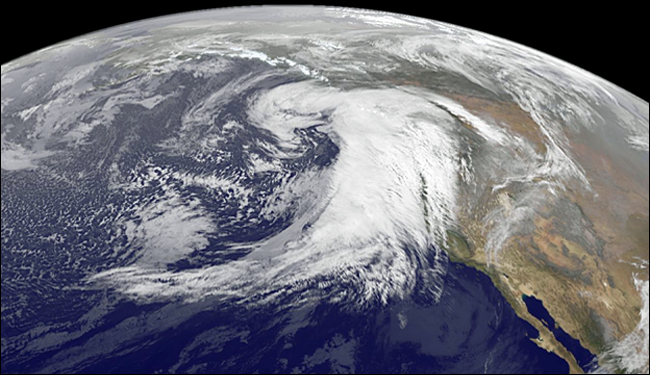
Frontal Winds can impact anywhere in the United States. The stronger the pressure gradient, the stronger the wind! Because air flows counterclockwise around a low, often the temperature of the air blowing with frontal winds is quite chilly. Sustained wind speeds can reach over 40 mph with wind gusts much faster. These systems can cause problems in the mountains and Great Plains where it is common for high-profile vehicles, such as semi-trucks or buses, to be blown off the road and flipped over. They're especially dangerous in areas where there are wildfires burning or dry brush that could easily catch fire when there is a spark.
Coastal Winds stem from large storm systems moving onshore that can pack quite a punch. Often these storms move inland, knocking over power lines and leaving residents in the dark for days. Homes and businesses may be damaged when a strong storm moves onshore. In addition to damaging property, these winds can cause damage to the natural environment, knocking down trees and causing coastal erosion along the beaches. Along the immediate coast, items that are not properly secured may end up being washed out to sea.
